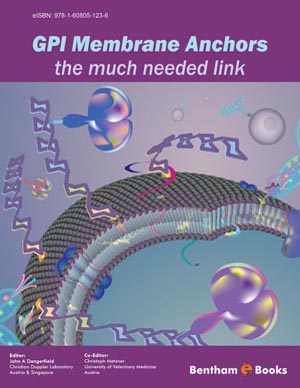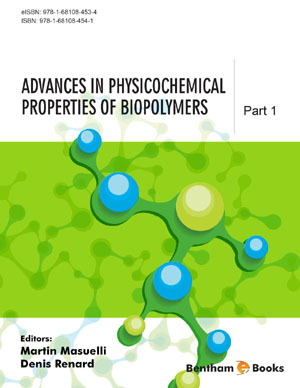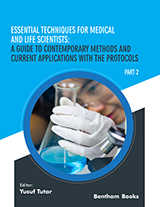Abstract
GPI-anchored membrane proteins (GPI-APs) are a functionally and structurally diverse protein family present in eukaryote cells. Their common feature is the anchoring mechanism via glycosylphosphatidylinositol (GPI) to a lipid located in the extracellular leaflet of plasma membrane. Following a modification specific proteomic strategy, GPI-APs can be selectively isolated by a combined treatment of membrane fractions with Triton X-114 detergent and phosphatidylinositol-specific phospholipase C and/or D. The released proteins can be further identified by liquid chromatography on-line coupled to a tandem mass spectrometer. Although the method is proven to be highly specific, some non-GPI-proteins are also known to be released. Bioinformatics has been regularly used to discriminate the GPI-APs among all the identified proteins with a high degree of accuracy. Structural characterization of the GPI-anchors has been historically a laborious analytical task. Recently, HILIC (Hydrophilic Interaction Liquid Chromatography) and titanium dioxide enrichment of GPI-modified peptides in combination with mass spectrometry have been used to isolate and analyse GPI-anchors as well as for the determination of the anchor attachment site. The amino acid where the previously synthesized GPI-anchor is attached is named the omega site (ω-site). Moreover, GPI-specific diagnostic ions detected in tandem mass spectra can potentially be used in large-scale proteomic experiments to track GPI-specific peptides in complex mixtures. All the information obtained by the mentioned strategies has been used for the development of an integrated computational and experimental proteomic approach designed for identification of GPI-anchored peptides in MS/MS spectra as well as for ω-site determination.

















